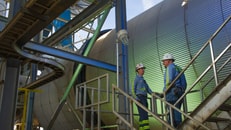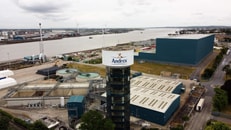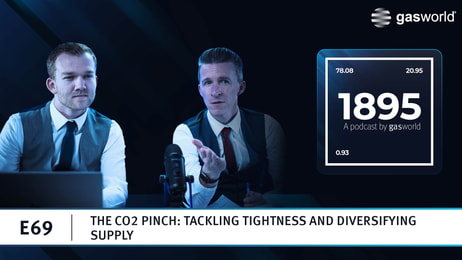UK energy operator sets out roadmap to clean power and net-zero
The UK-based National Energy System Operator (NESO) has published its 2025 Future Energy Scenarios: Pathways to Net Zero, outlining a set of pathways to decarbonise Britain’s energy system by 2050 and reach clean power by 2030.
Released alongside a new Clean Power 2030 Action Plan, the report calls for “bold and sustained action” across all sectors of the economy and identifies green gases, electrification, demand-side flexibility, and infrastructure investment as critical enablers of success.
Claire Dykta, Strategy and Policy Director at NESO, an independent public body responsible for managing UK energy networks, said the UK is entering a new era of energy transition shaped by four waves of action: foundation, acceleration, growth, and horizon.
“Delivering a clean power system in 2030 is an important milestone but there remains a great deal to do,” she said. “The next few years are critical, both in making progress and in preparing for the waves to come.”
... to continue reading you must be subscribed




























